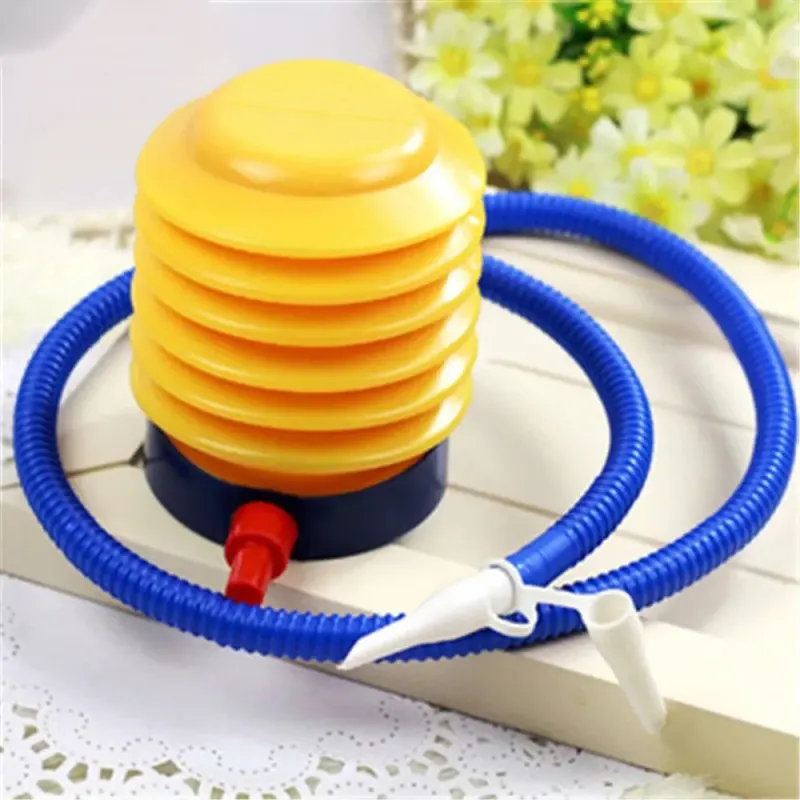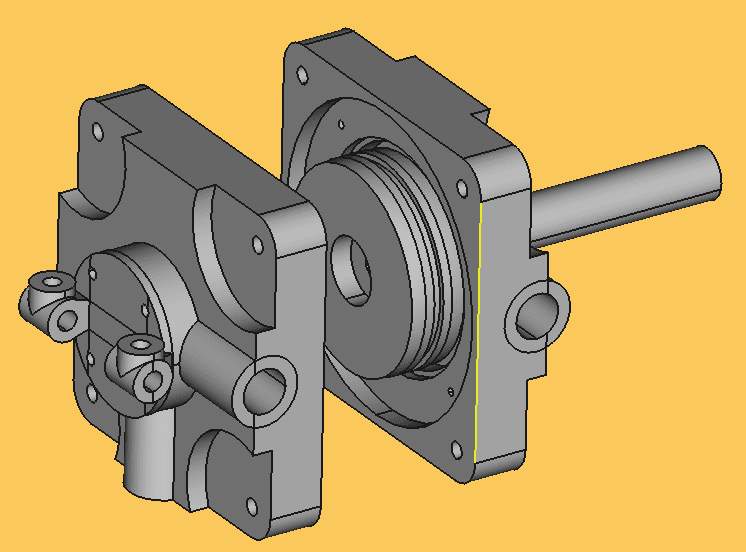vagulus
Mechanical
- Apr 22, 2014
- 51
My pneumatic ram actuator, built for a mechanical model I am making, is made out of what most folks would call plastic. Head, tail and piston are 3D printed in PLA, cylinder and spear are made from PVC water pipe and the O-ring is nitrile. Actually created as an air pump it is functional in that pushing and pulling the spear in and out generates air flow in and out of the orifices. Lubrication is the current issue.
Until now I have been using Gulf Western Air Tool Oil (P/N 30192) but the O-ring seal does not last long and I suspect that the oil hardens the Nitrile. Changing to using simple petroleum jelly (Vaseline) give encouraging results but leaves me with the problem of maintaining lubrication in the long term. That is to ask, "How long will this thing continue to work on one greasing?"
Has anyone any advice on a suitable liquid lubricant to use in this situation?
Thanks
----------------------------------------
Artificial Intelligence is no match for Natural Stupidity
Until now I have been using Gulf Western Air Tool Oil (P/N 30192) but the O-ring seal does not last long and I suspect that the oil hardens the Nitrile. Changing to using simple petroleum jelly (Vaseline) give encouraging results but leaves me with the problem of maintaining lubrication in the long term. That is to ask, "How long will this thing continue to work on one greasing?"
Has anyone any advice on a suitable liquid lubricant to use in this situation?
Thanks
----------------------------------------
Artificial Intelligence is no match for Natural Stupidity

![[upsidedown] [upsidedown] [upsidedown]](/data/assets/smilies/upsidedown.gif) ). Ram stroke is 80mm, rate about 30cps.
). Ram stroke is 80mm, rate about 30cps.![[purpleface] [purpleface] [purpleface]](/data/assets/smilies/purpleface.gif)
![[tongue] [tongue] [tongue]](/data/assets/smilies/tongue.gif)



![[banghead] [banghead] [banghead]](/data/assets/smilies/banghead.gif)
![[bugeyed] [bugeyed] [bugeyed]](/data/assets/smilies/bugeyed.gif)